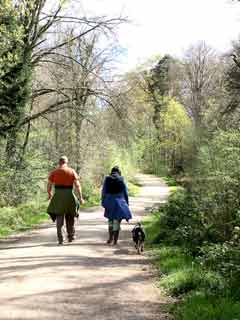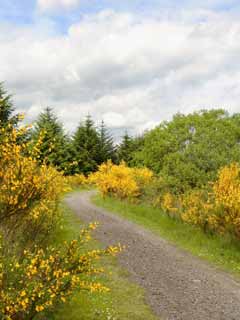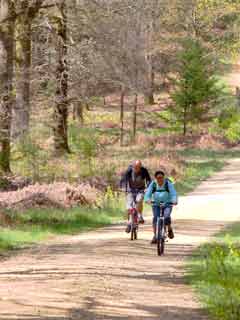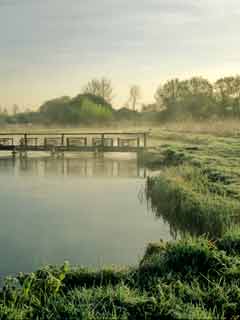
Important Notice for Existing and Potential Clients: As from 4th March 2013, Phil Lomax, Director and Principal Consultant of Green Dimensions is moving to take up a position as Principal Ecologist at Thomson Ecology. |
 |
 |
 |
|
News and Information Natural England Issues New Guidance on Standards for Natural Greenspace ‘Nature Nearby’ Accessible Natural Greenspace Guidance is a new publication from Natural England. It contains proposed standards on the accessibility and quantity of greenspace and proposed service standards e.g. for country parks and nature reserves and quality standards e.g. related to the Green Flag awards. Natural England is proposing the adoption of three key standards by greenspace professionals that will deliver high quality and inspiring visitor experiences in green spaces close to where people live, and connect people with the natural environment. These are the: The three underlying principles of ANGSt are: ANGSt is described by Natural England as powerful tool in assessing current levels of accessible natural greenspace, and planning for better provision. It identifies those sites that might be considered natural sites, and areas within other green spaces that have a value for nature, and more importantly it identifies areas of nature deficiency where the standard is not met and where actions may be put in place to address this. Using these principles the standard can be applied for:
…. at the same time as delivering a wide range of environmental, social and economic benefits. Assessing current provision against ANGSt will help local authorities to identify where adequate provision is being made for natural green space, and where action needs to be taken to deliver appropriate levels of natural space close to people’s homes. The full guidance can be found at this link.. |
 |
 |
 |

Web Site Development and Wildlife Photography by Andrew Walmsley |
Copyright © 2008 Phil Lomax and Andrew Walmsley All rights reserved Copyright notice Terms and conditions |